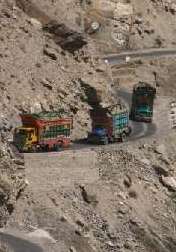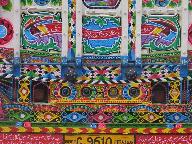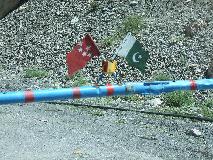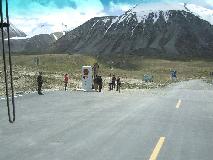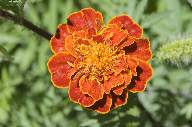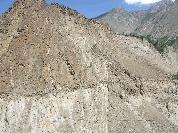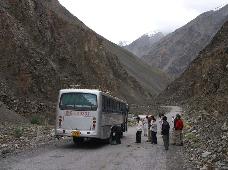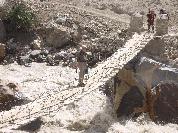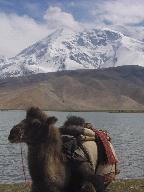Jeep Tour K2 Trek Snow Capped High Mountains Valley Travel
|
Silk Route KJTI Tour through Silk Route from Pakistan to Kashgar The Silk
Road (or Silk Routes) is an extensive interconnected network of trade
routes across the Asian continent connecting East, South,
and Western
Asia with the Mediterranean world, as well as North
and Northeast Africa and Europe. The In recent
years, the The Silk Routes
(collectively known as the 'Silk Road') were important paths for cultural,
commercial and technological exchange between traders, merchants, pilgrims, missionaries,
soldiers, nomads
and urban dwellers from Ancient China, Ancient
India, Persia
and Mediterranean
countries for almost 3,000 years. Extending over
4,000 miles, the routes enabled people to transport goods, especially
luxuries such as slaves, silk, satin and other fine fabrics, musk, other perfumes,
spices and medicines, jewels, glassware and even rhubarb, as
well as serving as a conduit for the spread of knowledge, ideas, cultures and
diseases between different parts of the world (Ancient
China, Ancient India, Asia Minor
and the Mediterranean). Trade on the Silk Road was a
significant factor in the development of the great civilizations
of India, China, Egypt,
Persia, Arabia, and Rome,
and in several respects helped lay the foundations for the modern world.
Although the term the The
ruins of a Han Dynasty (206 BC - 220 AD) Chinese watchtower
made of rammed earth at Dunhuang, Gansu province The central
Asian sections of the trade routes were expanded around 114 BCE by the Han
Dynasty, largely through the missions and explorations of Zhang Qian,
but earlier trade routes across the continents already existed.[citation needed] In the late
Middle Ages, transcontinental trade over the land routes of the Silk Road
declined as sea trade increased. Though silk was
certainly the major trade item from (Some information and links sourced from
Wikipedia) Adventure Travel in North Pakistan |
||
|
Click any image to enlarge |
||
|
|
||
